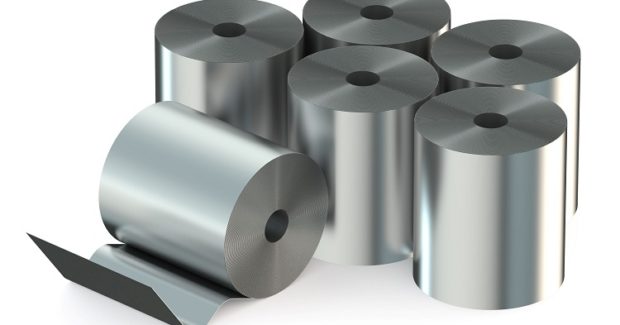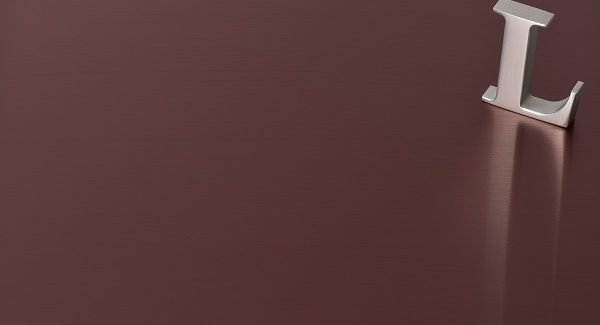How Coil Anodizing Protects Aluminum from Oxidation, Scratching and Other Hazards
Used in architecture and hardware, appliances and foodservice, automotive and transportation, electronics, lighting, and specialty applications, continuous-coil anodized aluminum from Lorin Industries does not chalk, chip, flake or peel like coatings or paint often do.
Posted: March 12, 2019
The superior physical characteristics of coil anodized aluminum produced by Lorin Industries, Inc. (Muskegon, MI) provides greater durability and aesthetics than other metal products. They pioneered an electro-chemical coil anodizing process that protects aluminum from oxidation, scratching, and other hazards far better than natural oxidizing, while offering far greater protection than is available for other metals. Aluminum creates its own protective oxide layer naturally, but coil anodizing grows the aluminum oxide layer from the base aluminum, bonding it to the aluminum at the molecular level. It is not a coating, it is part of the aluminum, meaning it cannot chalk, chip, flake or peel like coatings or paint often do. The anodizing process produces an anodic layer 2,500X to 25,000X thicker than that of the naturally occurring oxide layer, providing far greater corrosion and abrasion resistance than other metals or coatings.
Controlling the oxidation process through continuous coil anodizing creates a clear, translucent aluminum oxide layer that shows off the beauty of the natural metal. This anodic layer can also be colored, allowing the products to be given a specific look, even simulating other natural metals. Additionally, because this layer is created through the continuous coil process, the color and finish are consistent over every square inch of the aluminum. And, unlike painted or coated products, anodized aluminum will not chip, flake or peel. The translucent crystalline structure of the anodic layer allows the metal to reflect and refract light in ways that other metals, paints, or coatings cannot match. This helps the material – and thus any product made with it – come alive. This crystalline aluminum oxide layer is actually part of the corundum family of gemstones like a sapphire, and is second only to diamonds in terms of hardness, leading to lasting beauty, performance and durability.
Lorin Industries, Inc., 1960 Roberts Street, Muskegon, MI 49442, 231-722-1631, info@lorin.com, www.lorin.com.












